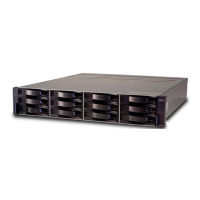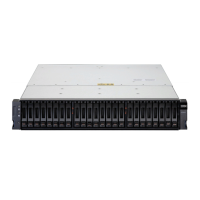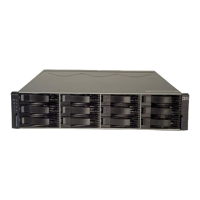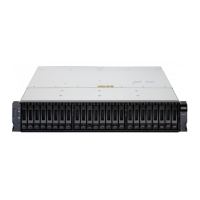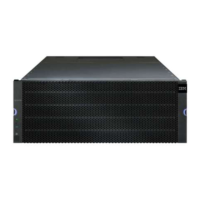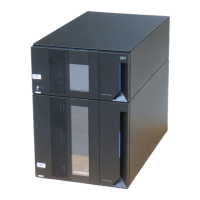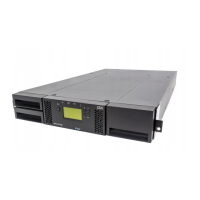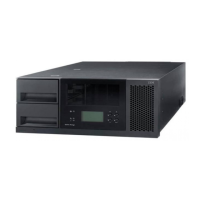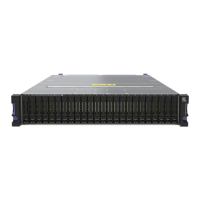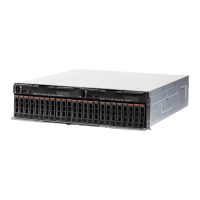Appendix A. Records
Whenever you add options to your DS5020, be sure to update the information in
this appendix. Accurate, up-to-date records make it easier to add other options and
provide needed data whenever you contact your IBM technical support
representative.
Identification numbers
Record and retain the following information.
Product name: IBM System Storage DS5020 Storage Subsystem
Machine type: 1814
Model number: 20A
Serial number:
The serial number is located on the bottom inside surface at the rear and on the left
edge at the front of the DS5020.
© Copyright IBM Corp. 2009, 2012 171
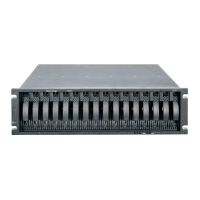
